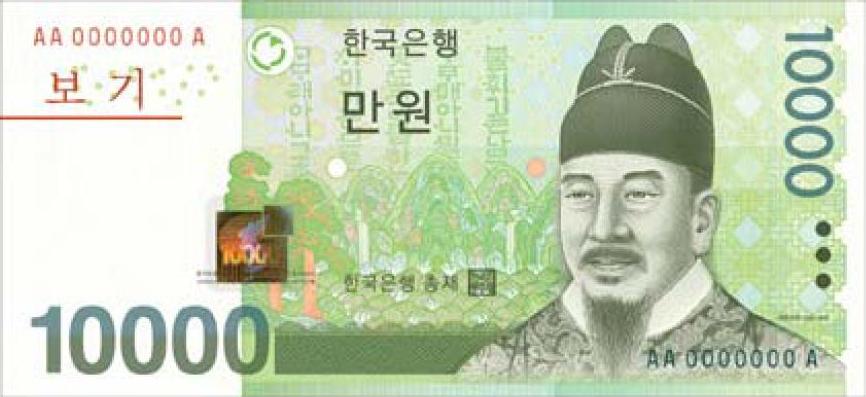From the very beginning, ancient koreans have used Chinese as a language to express themselves. However, in order to delay from chinese people and to communicate freely, Koreans elaborated a new language of their own. They called it : Hangeul 한글.
What is Hangeul ?
Hangeul or -by its original name- 훈민정음 Hunmin Jeongeum, translated into "The proper sounds for the education of the people" ; is composed of 28 letters. This language is spoken by 78 people worldwide and is classified as a Ural-Altaic language.
Old-Korean 고대국어:
The old-korean is a reconstuction of the primitive korean language or proto-korean. 고대국어 appeared during the three kingdoms of Korea [ Goguryeo, Baekje and Silla ] around the 1st to the 10th century. The dialects of each kingdom may have been different but they all form what is called 부여 Buyo languages. Sillan language is known for the 향가 Hyangga, and when Silla took over the other kingdoms, its dialect became the native language of the korean peninsula.
Middle-Korean 중세국어:
 |
| Picture of Sejong the great the creator of hangeul on korean money |
The middle-korean apeared along with the establishment of the Goryeo dynasty by king Taejo Wang Kon in the 10th century.
In year 1392, a new kingdom was founded : Joseon kingdom. As the 4th king gained control, he came up with very brilliant changes :
"As the language of our nation does not fit easily with characters, our people cannot communicate in a free manner. We concidered this to be a woeful state of affairs and created 28 letters, so all of you should be able to utilize them with ease and make your life more comfortable"
King Joseon the great was the one who first created Hangul as a pure korean alphabet, and aimed to that koreans from all classes would read and write.
Modern Korean 근대국어:
After the korean war and the division of Korea into North and South , the language knew some changes and many english influences.


Aucun commentaire:
Enregistrer un commentaire